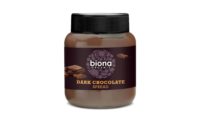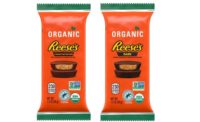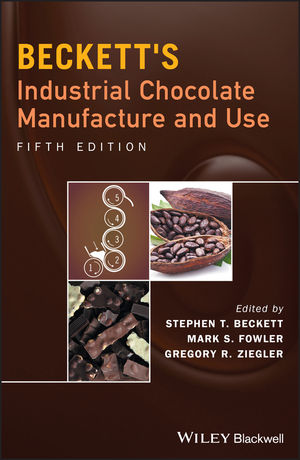The global chocolate market is projected to reach $160.9 billion by 2027, according to a new report from MarketsandMarkets.
The research firm noted the global chocolate market is expected to grow at a compound annual growth rate (CAGR) of 4.7 percent over the next six years. Meanwhile, the global cocoa market is projected to reach $26.3 billion by 2027, growing at a CAGR of 4.5 percent.
MarketsandMarkets pointed to consumers’ interest in prioritizing their health as a factor in driving demand for dark chocolate with higher cocoa content, as well as for cosmetics and pharmaceuticals that use cocoa. However, citing data from the International Cocoa Organization, factors such as fair trade discrepancies, environmental issues, government unrest and a reduction in labor force could impact the market. Measures such as the National Cocoa Development Plan (NCDP) are being undertaken to improve cocoa production.
“Initiatives like these give a promising outlook toward fulfilling the rising demand for cocoa globally,” reads MarketsandMarkets’ statement on the report. “The cocoa and chocolate market players are showing trends of pursuing both organic, as well as inorganic, strategies for their expansion, consolidation and sustainability in the market.”
Though the health benefits of dark chocolate — such as the presence of fiber, iron, magnesium, potassium and phosphorus — have contributed toward an upward trend in demand, MarketsandMarkets estimates milk chocolate will dominate the chocolate market in 2022 and throughout the forecast period.
Meanwhile, conventional cocoa is expected to lead the cocoa market in 2022, given their availability and cost. However, the organic cocoa segment is estimated to see a higher growth rate during the forecast period, owing to its health benefits and environment friendliness.
The Asia Pacific region will see the fastest growth rate — 5.72 percent — during the forecast period. The Chinese cocoa market, in terms of volume, is estimated to grow at a CAGR of 6.39 percent. This is attributed to the strong demand for chocolate in the country.
Across Europe, Germany consumed the most chocolate in 2021, followed by the UK and Belgium. The United States accounted for the largest market share, primarily driven by large consumption of confectionery and bakery items.
Citing data from the Observatory of Economic Complexity (OEC), the U.S. was the seventh largest exporter of chocolate in 2020, with key export destinations being Canada, Mexico, South Korea, Australia and the UK. Growth in this region is attributed to the growing population, rise in per capita income, growing urbanization, and therefore, an increase in demand for chocolate-based products.
The key players in the cocoa and chocolate markets include Mars, Inc., Mondelez International, Nestle S.A., Meiji Holding Co. Ltd., Ferrero International, Olam Group, Barry Callebaut, Cargill Incorporated, Cocoa Processing Company (Ghana), Archer Daniel Midland Company, Chocoladefabriken Lindt & Sprüngli AG and Pladis Global, among others.







